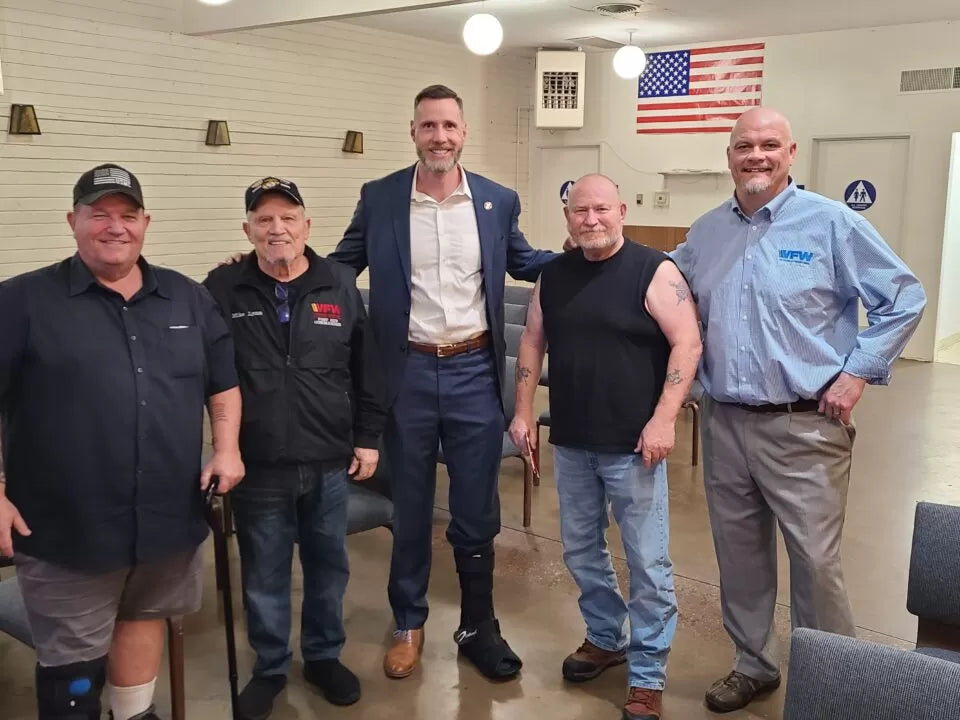Voir Dire – Where Trials Can Be Won or Lost

I strongly believe, as do many other experienced litigation attorneys, that trials can be won or lost in voir dire. Many attorneys make the mistake of miscalculating this important phase of a case and do not give it the attention it deserves. I would argue it is as important as any component of a trial including the opening argument, witness examinations, and closing argument. I believe it is a critical phase of a trial because the jurors who are selected through voir dire are the people who will decide the outcome of your case. Over the years, investing proper time and resources in selecting a jury and building an initial rapport with them, has undoubtedly maximized success for my clients.
Voir dire comes from the Anglo-Norman phrase meaning “to speak the truth.” In American jurisprudence, voir dire is the process by which prospective jurors are questioned about their backgrounds and potential biases before being selected to serve on a jury. In a civil case, the jury consists of a minimum of six (6) people but may be as many as twelve (12) people. In addition, the court may impanel up to six (6) alternate jurors to replace any jurors who are unable to perform or who are disqualified from performing their duties. While the size of the jury pool may vary from jurisdiction and even courtroom, the voir dire procedures generally follow a similar format.
A large pool of potential jurors is randomly drawn and summoned to appear in a specific courtroom. Voir dire begins with the presiding judge asking the entire pool a series of basic screening questions to disqualify jurors for any number of reasons including a direct relationship to a party in the case, a financial interest in the subject matter of the case, or a serious reason that prevents them from serving or being an impartial juror. Based on these questions, certain jurors will be dismissed leaving a remaining pool, the venire, that will then be questioned by the attorneys in the case.
Strategy #1 – Discover and Identify Unfavorable Jurors
An attorney’s goal in voir dire is to discover and identify jurors who may have a bias against your case. For example, if I am a plaintiff in a case seeking significant damages for personal injury, I may not want an insurance claims adjustor on the jury because a claim adjustor is in the business of limiting an insurance company’s exposure and they tend to be more inclined to lower damage awards. While identifying jurors who will be sympathetic to your case is a laudable goal, since they may end up being dismissed by opposing counsel’s peremptory challenge (see below), it is a risky strategy to focus on finding “good” jurors. I prefer to focus my voir dire questions on identifying “bad” jurors.
Strategy #2 – Create a Favorable First Impression
Voir dire is the first time the jurors will meet and hear from the attorneys in the case. It is the first time that they will form impressions of the attorney, the client, and the case. It is the only opportunity in the case to talk to the jurors directly (set aside questioning the jury after the conclusion of a case).
Strategy #3 – Voir Dire Allows You to Introduce Concepts of Your Case
If done properly, in voir dire you can introduce some concepts about your case. Of course, there is a well-known prohibition against trying your case in voir dire. However, in the process of examining jurors, you can carefully and creatively ask questions that begin to frame important issues and get initial feedback from potential jurors on these issues. If done well, this can not only help identify favorable and unfavorable jurors but plant important seeds that can serve your case well in the trial phase.
Strategy #4 – Things to Avoid in Voir Dire
Prospective jurors closely watch how the attorneys conduct themselves and during voir dire, they begin to form impressions about the attorneys and the case. The goal of the attorney in voir dire should be to not only select the best jury for their case but to make a favorable first impression with the jurors. Making a favorable first impression involves avoiding certain conduct that sadly I have witnessed on many occasions.
I have lost count of the number of times I have seen attorneys argue or spar with jurors in voir dire because they don’t like the answer to a given question. An experienced attorney who receives an unfavorable answer will politely move on to the next question. Similarly, an attorney should never embarrass a potential juror. Treating the jurors with kindness and compassion is both proper courtroom etiquette and will serve you well in your case. On that point, I respect the juror’s time. Voir dire does not have to be unnecessarily long. Attorneys should avoid asking repetitive or unnecessary questions that have no probative value. The jurors will value an attorney who respects their time. Finally, during voir dire avoid making inappropriate expressions or gestures that generally will not score you any points with the jurors.
Strategy #5 – Use Your Peremptory Challenges Wisely
You will never get a perfect jury – that is you will never get a jury that is comprised of every person you like and want from the venire. The same is true for your opponent. During voir dire, the attorneys are given a fixed number of peremptory challenges which allow them to reject a potential juror without stating a reason. Following the questioning of each potential juror, the attorneys are given the option of either using one of their peremptory challenges or “to accept the jury as presently constituted.” If I am fairly certain that the opposing attorney wants to strike certain jurors because of their profile (age, gender, occupation), I may “accept the jury as presently constituted” thereby forcing the opposing attorney to use his peremptory challenges. The additional benefit of this strategy is that it shows the potential jurors that I am confident in my case and trust them to do the job. The downside to this strategy is that if I genuinely do not like a specific juror and the opposing attorney also accepts the jury as constituted, I may be stuck with that undesirable juror. Generally, this strategy has worked well for me and by forcing my opponent to use his peremptory challenges first and quickly, I save my challenges and use them strategically towards the end of voir dire and identify a few jurors more sympathetic to our case (or eliminate potentially unsympathetic or biased jurors). I should note that attorneys also have the opportunity to exercise “for cause” challenges. The standard is very high as you need to demonstrate that the juror cannot be “fair or impartial.” An attorney needs to calculate any potential “for cause” challenges as part of their peremptory challenge strategy.
Strategy #6 – Identify Potential Leaders
When the trial is completed, the case will be sent to the jury for deliberation and rendering of a decision. During voir dire, it is helpful to identify jurors potentially sympathetic to your case and who are potential leaders who can help bridge differences and build consensus. If you successfully identify these jurors, you can dramatically increase your chances for potential success.
Closing Thoughts
I have always enjoyed voir dire. I have adopted a conversational style to my questioning that makes it comfortable and engaging. I always begin by asking the juror how they are doing. I thoughtfully create connections. While it is true that many people abhor jury service and look for any excuse to be dismissed, an equal number embrace the process. Once they are in the venire, they look forward to being called on, so I want to connect with their interest. While I have outlined several strategies that have worked well for me, voir dire is very much an art and not a science. However, attorneys who properly prepare for and invest in voir dire can dramatically improve their chances of success for their clients.





Christopher Pitet
Author